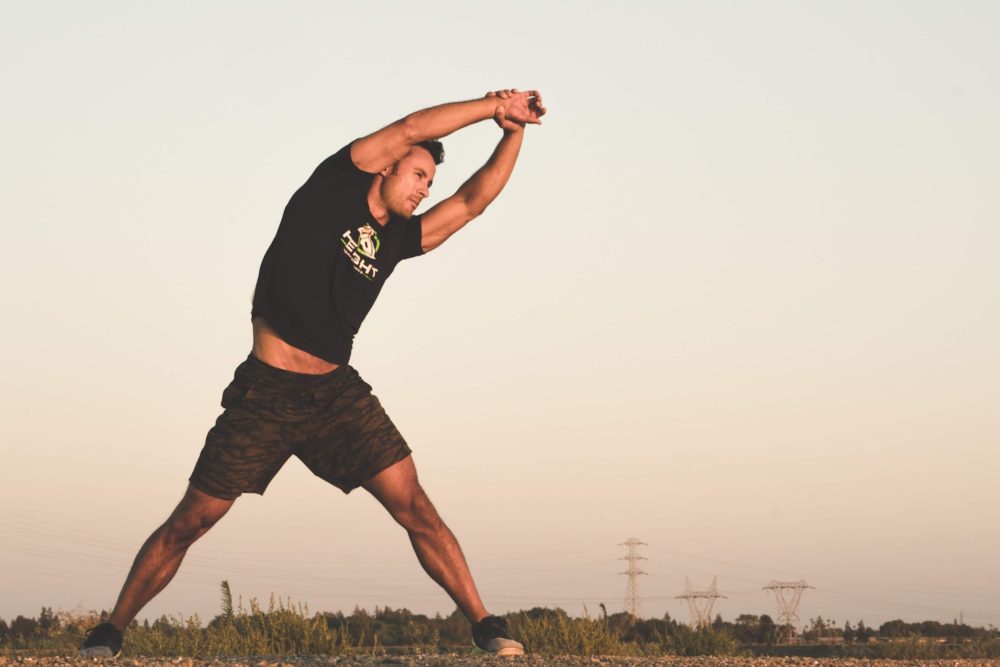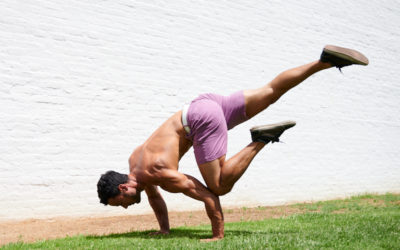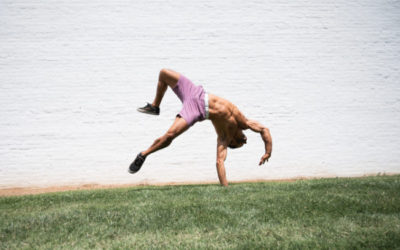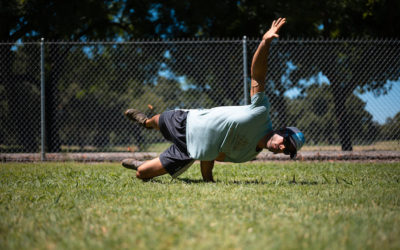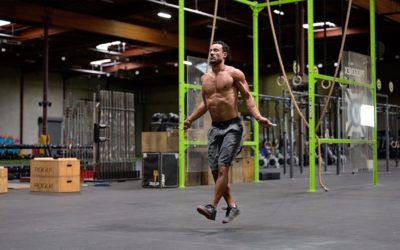Several years ago a good friend of mine, who was also a psychiatrist, was getting into meditation. We would often spend hours in the gym drawing diagrams of neurotransmitters on my gym’s whiteboard and talking about the effects of training on the brain after the final class of the day. Lots of big words, lots of science and lots of research based information.
When he told me he was using meditation I was a little taken aback. It didn’t sound very scientific to me at all. But then just a few months later he was finally learning double unders, toes to bar in rhythm during workouts and how to breathe during barbell cycling. If you’re not familiar with CrossFit, these are integral skills that had eluded him for over 4 years of training up to this point.
He was convinced that meditation had helped him “feel” his body in a new way that had never occurred to him before.
This resonates heavily with me because I’ll have clients do barbell hip thrusts and they’ll swear they can’t feel their butt when they do them, but they still get sore glutes the next day. The muscles are working hard enough to get sore yet people still can’t feel them, much less voluntarily control them.
My friend’s personal experience coupled with my observations coaching others combined to formulate insight and a potential plan for helping clients grow their skill set. If your body is connected enough to function, but your brain can’t feel the different parts, then acknowledging those body parts through meditation could lead to better skill acquisition. Using this framework I started testing some breathing exercises with open-minded clients and found success as quickly as the first week of implementation.
Here is one such breathing protocol that helped a client who was having trouble maintaining tension in his core when receiving the barbell in the Olympic lifting movement, the clean:
Set a clock for 5 minutes and lay down flat on your back with your knees bent so your feet are flat. This should be a comfortable position, so you can use a pillow for your head to help relax. Once you’re in position you are going to breathe in three different directions:
- The front of your stomach
- The sides of your stomach
- Into your low back
Start with breathing into the front of your stomach. You can place your fingers into your abdomen and use them to feel the rise and fall of your stomach as you push air that direction. Once you can feel your belly rising and falling with your breath, try to separate the movement into only the front. Place your hands on the sides of your abdomen and see if you can breathe without creating movement there.
You’re on your way once you have this down. Next repeat the process with your sides and with your low back. Simply use pressure from the floor as feedback that you are expanding through the back of your body with each breath.
You may spend the first 5 minutes trying to breathe into the front of your belly, or you may quickly find that you are able to separate the movement into the different sections of your abdomen. Once you can separate the movement, begin to expand all areas at once, alternate each area on subsequent breaths, breathe into only two in a single breath and alternate which two as you meditate.
This is a sure fire way to make a stronger connection of your mind to your mid-section. Starting on your back is easiest because the rest of your body is supported. As you become more accustomed to the movement you can practice seated, standing, walking, etc.
Give it a shot and see if you don’t find that you are better able to create a solid trunk for squatting, deadlifting and moving heavy objects around.
